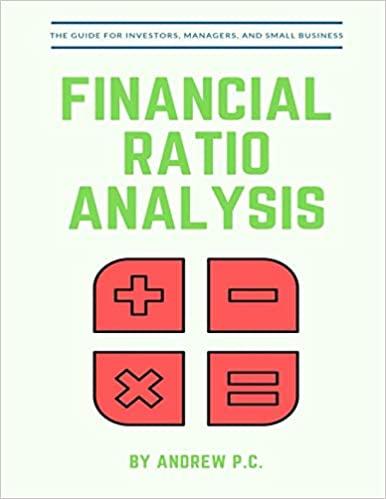Question
1. Madsen Motors's bonds have 10 years remaining to maturity. Interest is paid annually; they have a $1,000 par value; the coupon interest rate is
1. Madsen Motors's bonds have 10 years remaining to maturity. Interest is paid annually; they have a $1,000 par value; the coupon interest rate is 7.5%; and the yield to maturity is 6%. What is the bond's current market price? Round your answer to the nearest cent.
2. Nesmith Corporation's outstanding bonds have a $1,000 par value, a 6% semiannual coupon, 12 years to maturity, and an 10.5% YTM. What is the bond's price? Round your answer to the nearest cent.
3. A firm's bonds have a maturity of 8 years with a $1,000 face value, have an 11% semiannual coupon, are callable in 4 years at $1,143, and currently sell at a price of $1,264.40.
- What is their nominal yield to maturity? Do not round intermediate calculations. Round your answer to two decimal places.
- What is their nominal yield to call? Do not round intermediate calculations. Round your answer to two decimal places.
- What return should investors expect to earn on these bonds?
- Investors would expect the bonds to be called and to earn the YTC because the YTM is less than the YTC.
- Investors would expect the bonds to be called and to earn the YTC because the YTC is greater than the YTM.
- Investors would not expect the bonds to be called and to earn the YTM because the YTM is greater than the YTC.
- Investors would not expect the bonds to be called and to earn the YTM because the YTM is less than the YTC.
- Investors would expect the bonds to be called and to earn the YTC because the YTC is less than the YTM.
4. Pelzer Printing Inc. has bonds outstanding with 9 years left to maturity. The bonds have a 8% annual coupon rate and were issued 1 year ago at their par value of $1,000. However, due to changes in interest rates, the bond's market price has fallen to $908.30. The capital gains yield last year was -9.17%.
- What is the yield to maturity? Do not round intermediate calculations. Round your answer to two decimal places. %
- For the coming year, what is the expected current yield? (Hint: Refer to footnote 7 for the definition of the current yield and to Table 7.1.) Do not round intermediate calculations. Round your answer to two decimal places. % For the coming year, what is the expected capital gains yield? (Hint: Refer to footnote 7 for the definition of the current yield and to Table 7.1.) Do not round intermediate calculations. Round your answer to two decimal places. %
- Will the actual realized yields be equal to the expected yields if interest rates change? If not, how will they differ?
- As long as promised coupon payments are made, the current yield will not change as a result of changing interest rates. However, changing rates will cause the price to change and as a result, the realized return to investors should equal the YTM.
- As long as promised coupon payments are made, the current yield will change as a result of changing interest rates. However, changing rates will cause the price to change and as a result, the realized return to investors should equal the YTM.
- As long as promised coupon payments are made, the current yield will change as a result of changing interest rates. However, changing rates will not cause the price to change and as a result, the realized return to investors should equal the YTM.
- As rates change they will cause the end-of-year price to change and thus the realized capital gains yield to change. As a result, the realized return to investors will differ from the YTM.
- As long as promised coupon payments are made, the current yield will change as a result of changing interest rates. However, changing rates will cause the price to change and as a result, the realized return to investors will differ from the YTM.
5. It is now January 1, 2016, and you are considering the purchase of an outstanding bond that was issued on January 1, 2014. It has a 9% annual coupon and had a 20-year original maturity. (It matures on December 31, 2033.) There is 5 years of call protection (until December 31, 2018), after which time it can be called at 109-that is, at 109% of par, or $1,090. Interest rates have declined since it was issued, and it is now selling at 114.12% of par, or $1,141.2.
- What is the yield to maturity? Round your answer to two decimal places. What is the yield to call? Round your answer to two decimal places.
6. Last year Janet purchased a $1,000 face value corporate bond with an 8% annual coupon rate and a 10-year maturity. At the time of the purchase, it had an expected yield to maturity of 8.48%. If Janet sold the bond today for $1,047.15, what rate of return would she have earned for the past year? Do not round intermediate calculations. Round your answer to two decimal places.
Step by Step Solution
There are 3 Steps involved in it
Step: 1

Get Instant Access to Expert-Tailored Solutions
See step-by-step solutions with expert insights and AI powered tools for academic success
Step: 2

Step: 3

Ace Your Homework with AI
Get the answers you need in no time with our AI-driven, step-by-step assistance
Get Started


